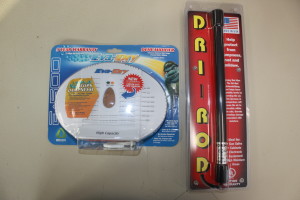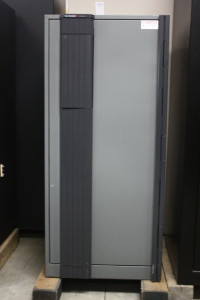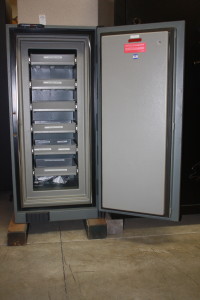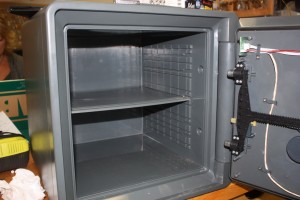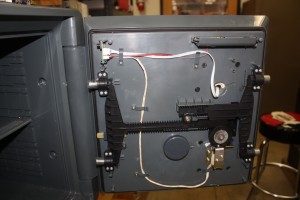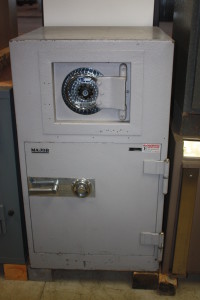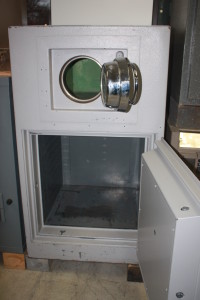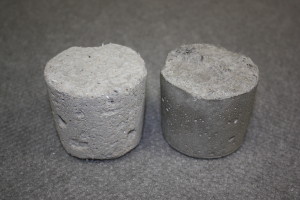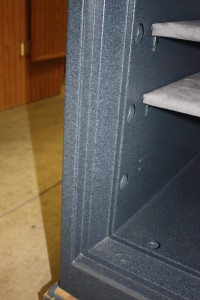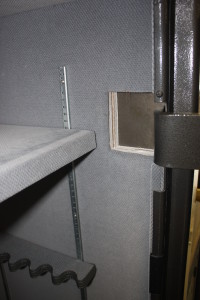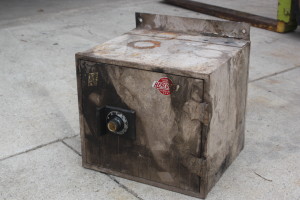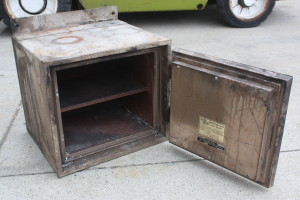In much of the country humidity can cause rust problems for guns and other items locked inside a safe. Here in Michigan, for instance, where almost every house has a basement, gun safes frequently end up in basements. While some basements do not have humidity issues, many are quite damp. Old “Michigan-style” field stone basements or lake-side houses tend to be especially humid. There are two good ways to control humidity inside gun safes.
1) Heat bars are sold under several names like Dri-Rod and Golden Rod. These heat bars are put in the bottom of the safe. An electric cord goes out the back of the safe into a wall outlet. They run all the time, heating to about 120 degrees. They dry the air out, and the warmed air rises, causing circulation. I advise against using heat bars in a safe which holds photos, stamps, historic papers, leather items, etc., because I believe the warmer air will artificially age these items.
2) Desiccant is hygroscopic – it actually absorbs moisture from air inside a safe without changing the temperature. Desiccant is what they put with electronics, medicines, etc., to keep moisture from affecting products during shipping and storage. Usually it is in the form of little beads in a paper pouch. For use in gun safes desiccant comes in one-pound bags, boxes and cans. Desiccant eventually gets saturated and needs to be dried out to be useful again. Typically these larger packs have some kind of indicator that tells when the beads are saturated. Drying them out normally takes many hours in an oven at about 200 degrees – not very convenient.
Eva Dry brand desiccant products are what I personally recommend for humidity control. Eva Dry comes in two sizes that work great to dry out air inside a traditional safe or gun safe. They are plastic containers full of beads with a colored indicator that tells you when the unit needs to be dried out. The good thing is that rather than using your oven, Eva Dry has an electric plug that you just plug into a wall outlet. In 10 to 12 hours the unit is ready to go to work again. They usually last three to five months in your safe before needing to be dried out, depending on how often the safe is opened.
If you are concerned about guns rusting in your gun safe, controlling humidity is an inexpensive form of insurance.

